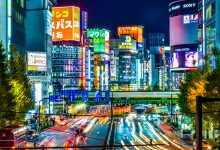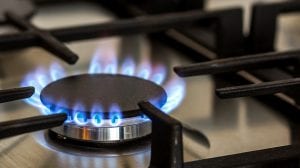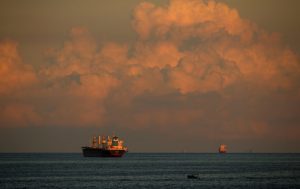Japan’s largest power generator has announced plans to begin using ammonia as a fuel source at one of its existing coal-fired power plants, in a co-firing demonstration project that the company expects will reduce greenhouse gas emissions.
The plan was announced on Monday by Japan’s largest power generation company Jera, a joint venture between Tokyo Electric Power, Chubu Electric Power, and IHI Corp, a Japanese engineering company.
The demonstration project is specifically designed to establish ammonia co-firing technology by burning both coal and ammonia at a large-scale commercial coal-fired power plant.
The demonstration project will then be able to evaluate boiler heat absorption and the environmental impact of co-firing, such as the impact of exhaust gases.
It could be an important trial for Australia’s largest wind and solar project, the 26GW Asia Renewable Energy Hub, which is now turning its attention to the green ammonia market, initially as a substitute for coal in generators such as these.
Jera and IHI will run the demonstration project at the 1GW Hekinan coal plant for approximately four years, starting from June through to March of 2025.
Ammonia will account for 20% of the co-firing fuel source, the first time globally that such a large amount of ammonia will be co-fired in a large-scale and commercial coal-fired power plant.
Additionally, JERA and IHI will also conduct small-scale ammonia co-firing tests using burners of different materials at Hekinan in an effort to ensure the reliability of high-volume ammonia co-firing.
Ammonia is considered to be a potential zero emission fuel source and Japan has already moved to considering lowering ammonia supply costs so as to produce 3 million mt/year of fuel ammonia, or equivalent to 500,000 mt/year of hydrogen, by 2030, according to S&P.
The demonstration project is also a vital step on Jera’s path towards its plans to using 100% ammonia as a fuel in the 2040s, and part of its larger 2050 carbon neutrality plan.
Jera will be responsible for procuring the necessary ammonia for the co-firing demonstration project, as well as construction of the required technologies such as storage and a vaporiser. IHI will be responsible for developing the burners to be used in the demonstration project.
Importantly, from an Australian perspective, securing the necessary ammonia could be a boon for Australian green energy exporst.
Just last week, Fortescue Future Industries, the green energy arm of Andrew Forrest’s Fortescue Metals, signed a memorandum of understanding with IHI Corp to explore the potential to export green ammonia to Japan from Tasmania.
Andrew Dickson from CWP Renewables recently joined RenewEconomy’s Energy Insiders podcast to talk about why the company’s massive 26GW wind and solar project will likely be focusing on green ammonia production.
“It’s kind of counterintuitive for a renewables guy to be contemplating selling to combust a fuel in a coal fired power station,” Dickson said.
“But it’s actually quite technically easy. And it’s quite scalable. So Japan can ratchet up its decarbonisation by implementing co-firing in coal fired power stations at a 20% co-firing rate, and then ratcheting up 30/40/ 50%. And thereby having very considerable scaled emission reductions in Japan.”









